Early September 2018 (1st-10th)
/Though we’re firmly in the realm of fall migration at this point, temperatures continued to stick to the trends set forth in August, and sweltering humidity made birding difficult throughout the entirety of early September. Southerly winds dominated yet again, and no overnight cold fronts made their way to the coast unfortunately, leaving the hope of southbound migrants mostly a pipe dream (in stark contrast to this period last year). While seasonal arrivals were held to a minimum, a pair of rare shorebirds managed to spark some excitement and kept many birders busy in the early half of the reporting period. Top records for early September in Virginia Beach included our very first BAIRD’S SANDPIPER since 2010, continuing rarity reports for MARBLED GODWITS (with two individuals reported for the first time) and first-of-fall arrivals at or after expected dates for GREEN-WINGED TEAL, DUNLIN, CAPE MAY WARBLER & BLACK-THROATED GREEN WARBLER.
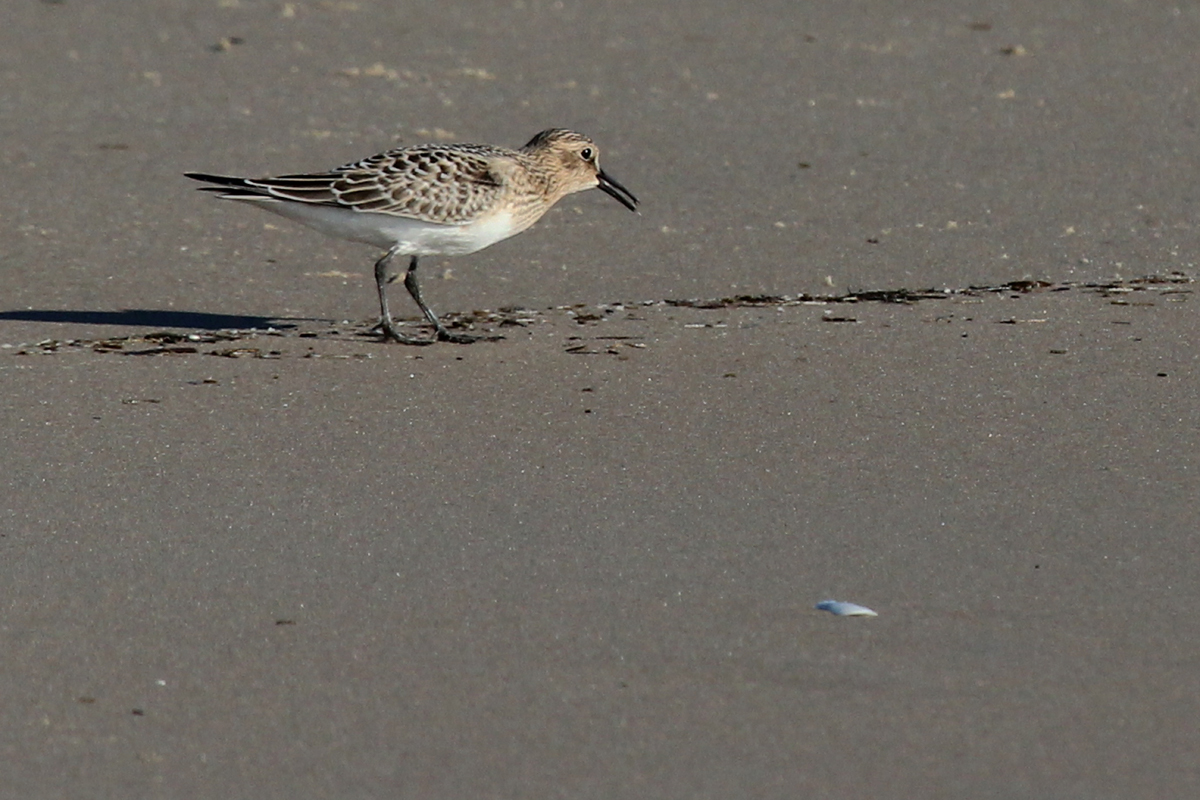

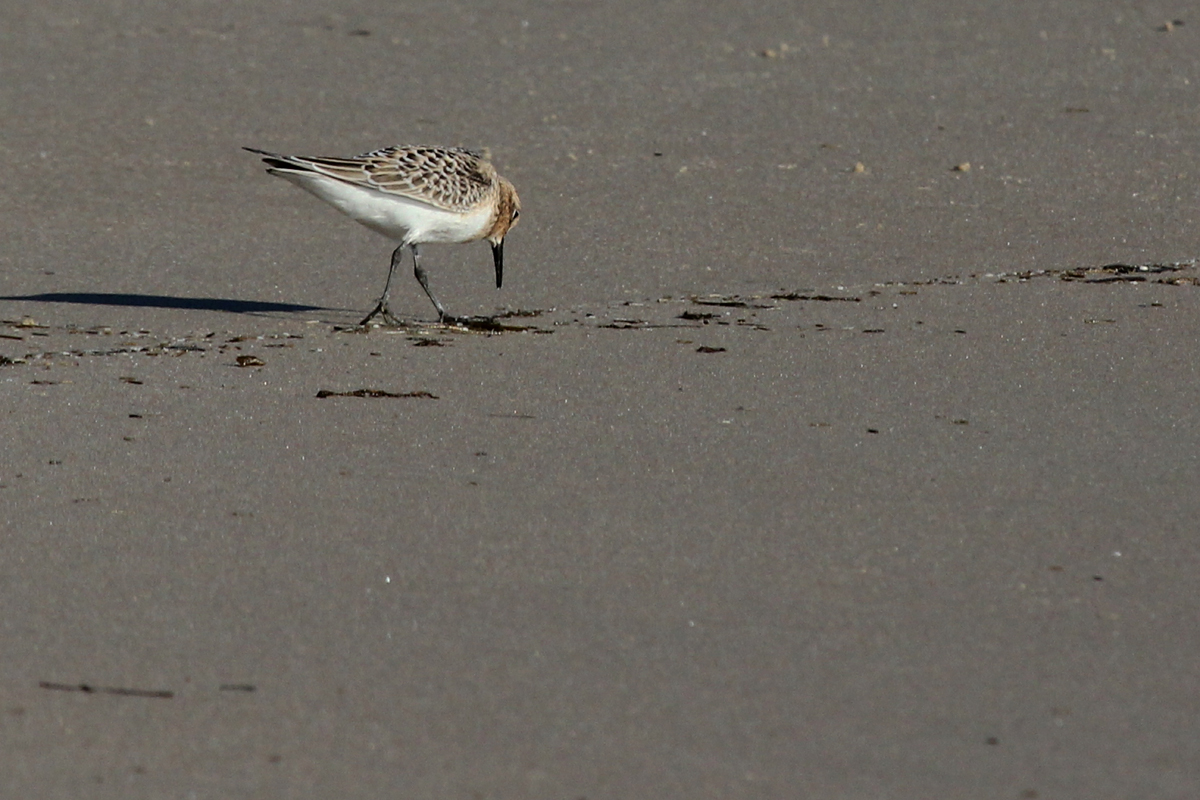


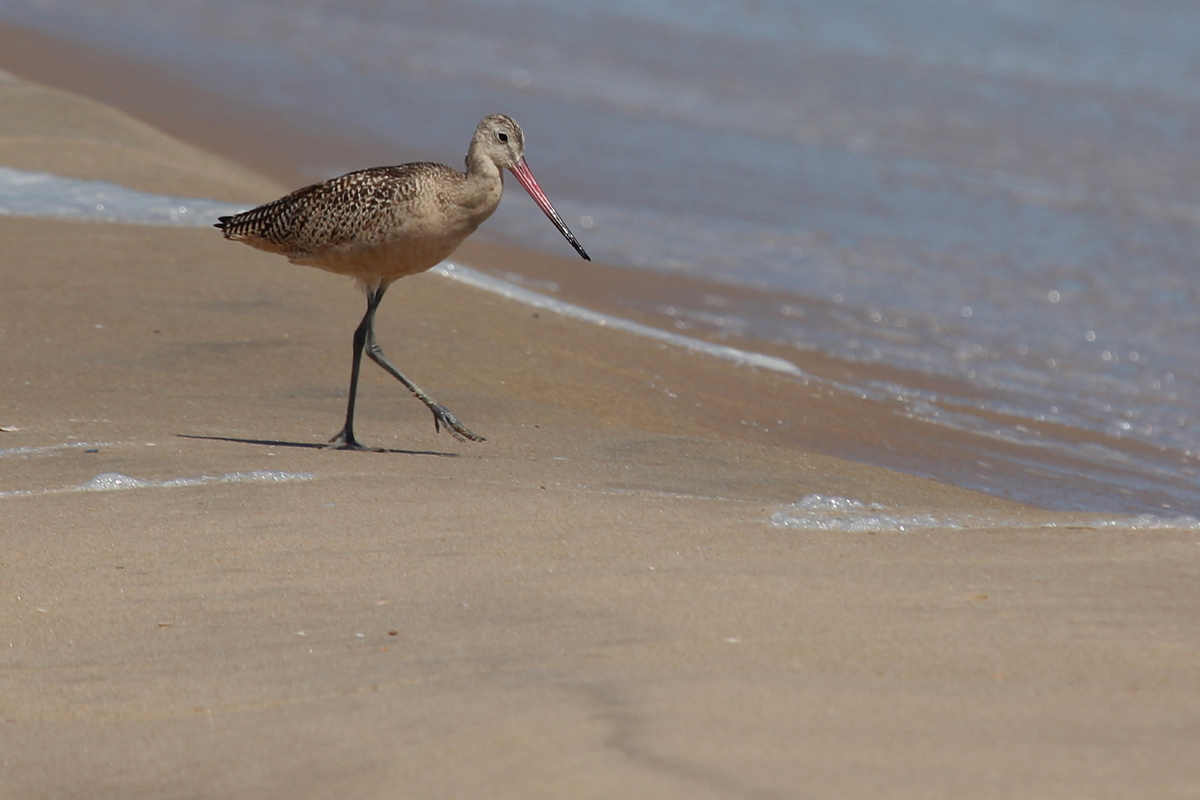
The star of the show for this reporting period was clearly the juvenile BAIRD’S SANDPIPER found on the beach at Back Bay NWR on 1 Sep (ph. David Clark), making for the first Virginia Beach record of this species since 2010 and only our second all-time! Initially observed roughly a half mile south of the visitor center beach access, it managed to hide throughout the remainder of the day from would-be-twitchers (author of this journal included). Fortunately, the following day it was re-located on the beach roughly two miles south of the visitor center around 7:40 AM (ph. Andrew Baldelli), and then it slowly worked its way northward over the next hour. Around 8:15 AM it was picked up 1.5 miles south of the visitor center (ph. Rob Bielawski) after having taken flight with a group of Sanderlings. From that point, the Sanderlings became a bit more hostile, chasing the Baird’s each time it came within a few feet of one. So, as it tried to stick to itself along the high tide line, it continued moving north, where it was able to be observed by two visiting birders from Georgia & Kentucky (vis. Karen Hogan & Teresa Noel) who have endeavored to tick all the National Wildlife Refuges off one by one, this being their day to bird Back Bay. After continuing north all the way to the end of the public beach, it was finally lost as it moved around a small rise in the sand. Unfortunately, since that time, it hasn’t been observed, and given the volume of eBird lists at the park in recent days, at least a few folks have certainly been out on the beach looking. This species is almost certainly an annual fall transient through Virginia Beach, but with this being only the second eBird record for the city, it shows just how rarely individuals actually land in accessible places, or stop at all along their migration here. In fact, thus far in Virginia as a whole, only four other Baird’s have been observed this fall, with two in King William County on 25 Aug (vis. Frederick Atwood), one at Chincoteague NWR’s Wash Flats on 26 Aug (vis. Edward Brinkley & Joanne Laskowski) during the official refuge survey and lastly a single individual at Woodward Turf Farm in Culpeper found on 30 Aug (ph. Gerry Hawkins) and later observed on 1 Sep (ph. Lisa Rose & Jason Strickland).
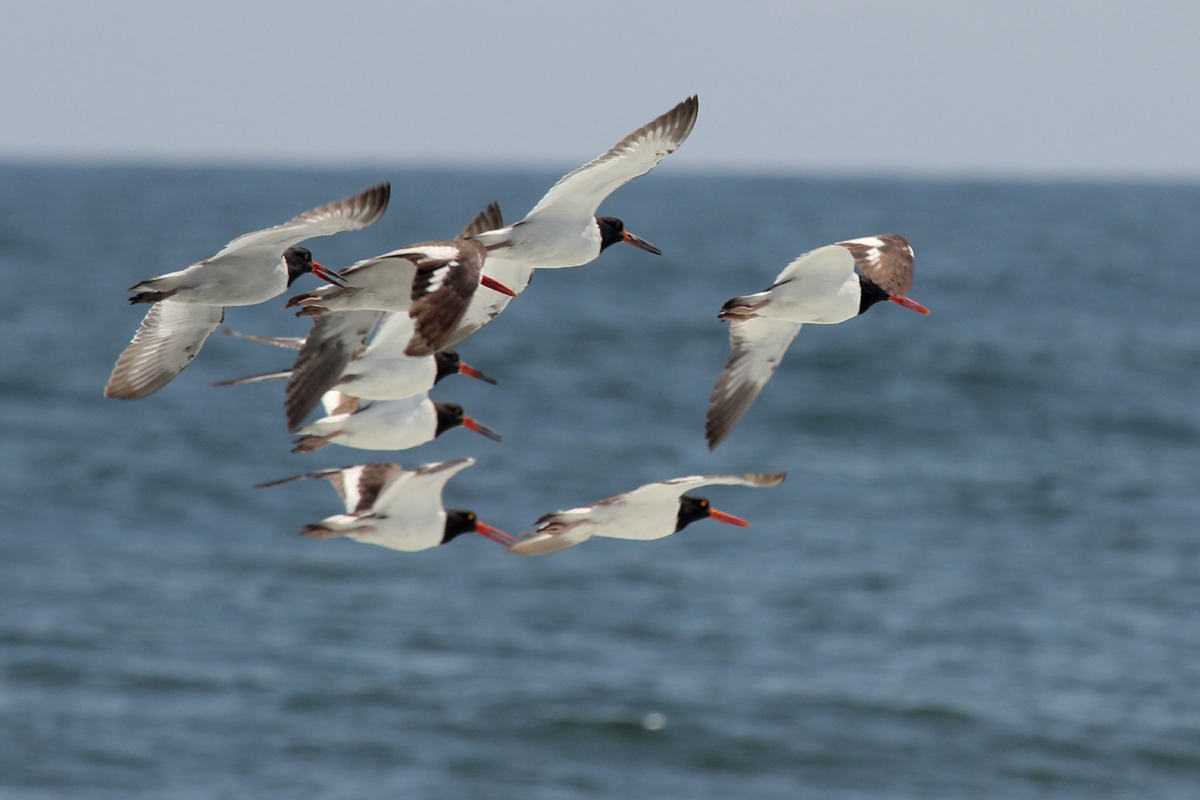
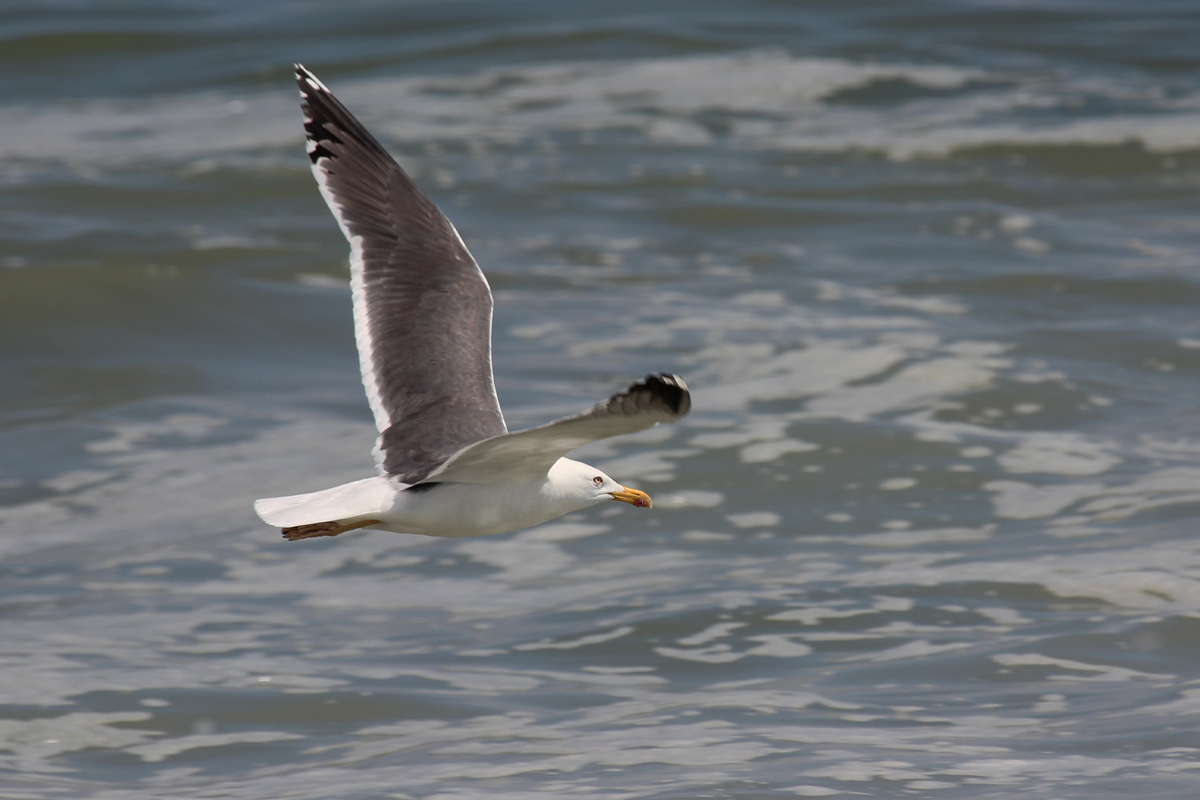

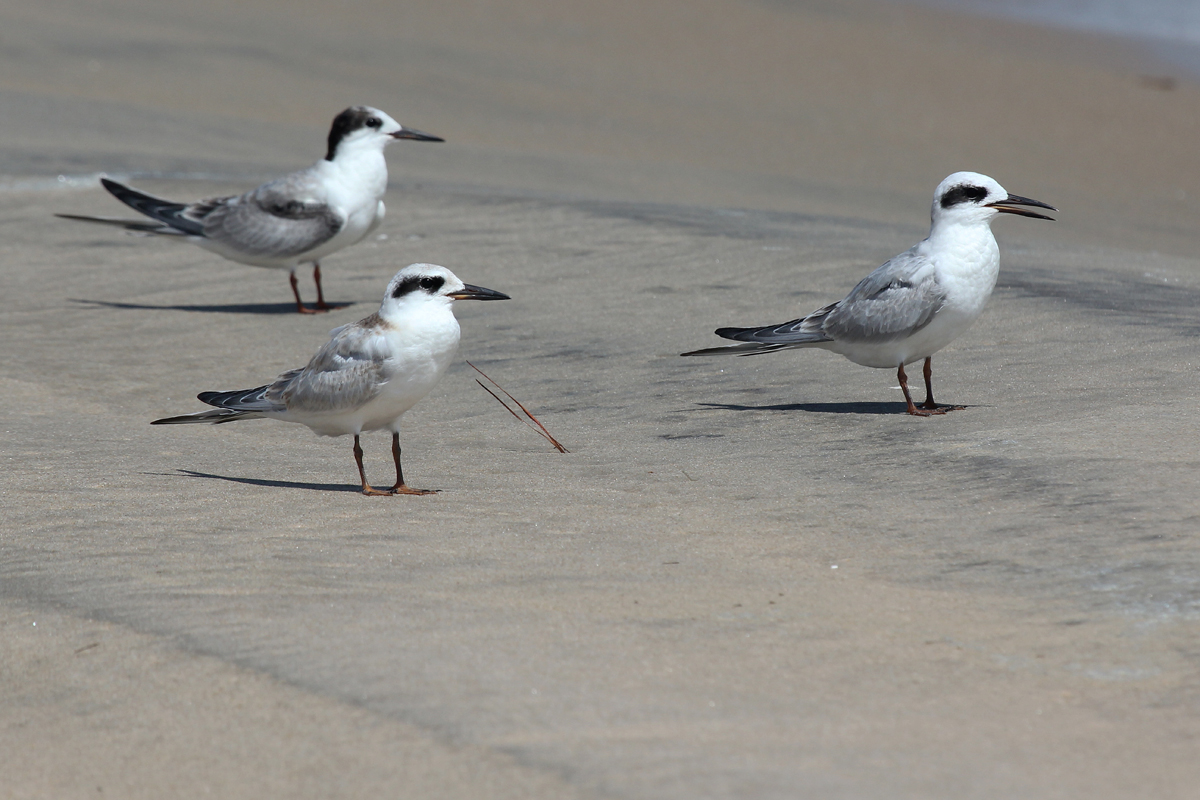

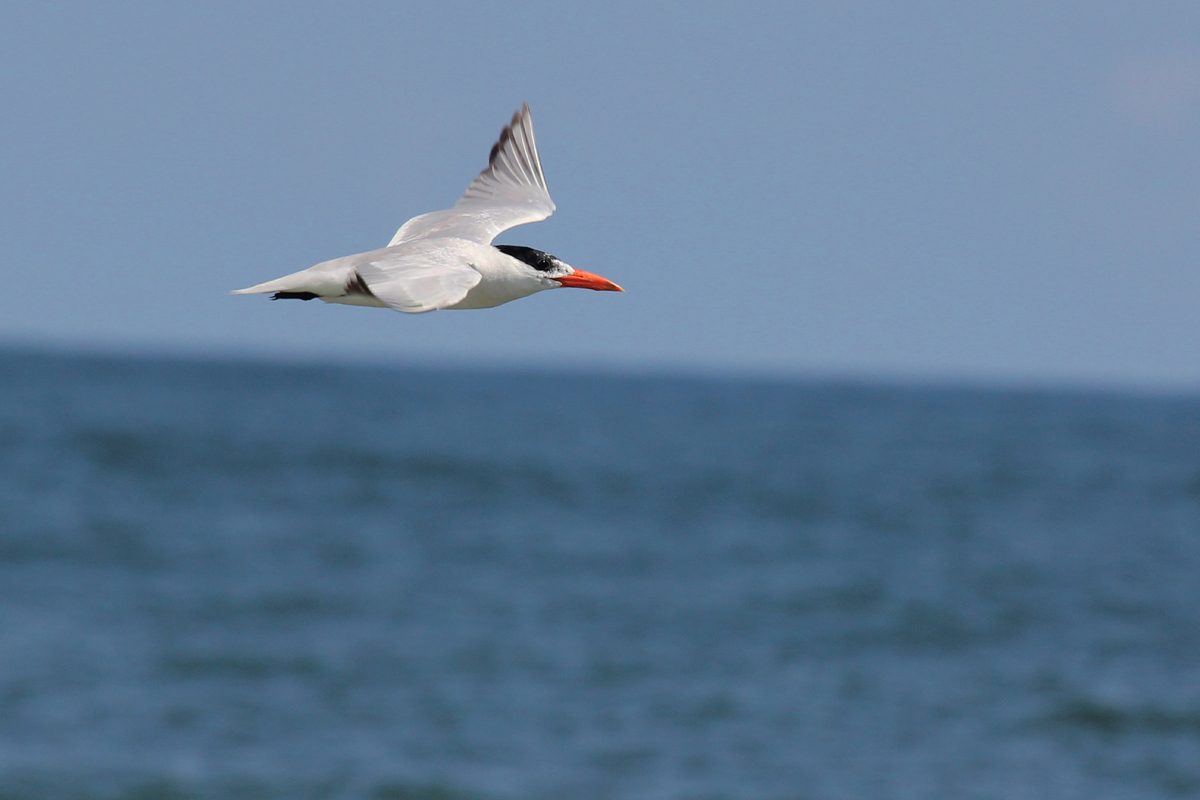
Miraculously, the MARBLED GODWIT that was found also on the beach of Back Bay NWR way back on 6 Aug (vis. David Hughes & Lauren Mowbray) was still present throughout early September, providing for a great many observations and lovely photographs. Notably, on 2 Sep while scouring the beach for the Baird’s Sandpiper, a second Marbled Godwit was observed in view at the same time as the ‘original’ Marbled Godwit (vis. James Marcum). So, there’s no telling how long both birds have been present along the beach (or who among us has seen which one) but it’s interesting to find out for certain that at least at this particular time, two birds were there simultaneously. Though eBird shows no reports in 2015 for this species in Virginia Beach, it is likely annually present, though much more expected during the months of Aug/Sep; being very rare as a transient in the springtime. Most amusing about this species is that several hundred winter at roost sites like Willis Wharf and Oyster in nearby Northampton County, and also down at Pea Island NWR in the Outer Banks of North Carolina. Yet, even a single individual here in the city is cause for celebration, much more so when one sticks around for a while and offers up excellent views to so many different observers. While one godwit was last reported on the beach on 6 Sep (vis. Ben Sandstrom), earlier observations this period were also documented by the following: 1 Sep (vis. Jonathan Snyder, ph. Rob Bielawski & Mike Collins, vis. Jajean Rose-Burney) and 5 Sep (ph. Cindy Hamilton).
First-of-season arrivals were shockingly difficult to come by in early September this year. Amazingly, in 2017 during this period we had an incredible 15 species with first reports for the season (see here for more details). We did finally nab our first DUNLIN report of the season though, at Back Bay NWR on 2 Sep (vis. James Marcum) where four were observed. While the average expected fall arrival per The Gold Book is listed as 30 Jul for the coastal plain, the information provided also mention, “Numbers peak later in fall than in other Calidris; although very early postbreeding birds may be present by late July and the first week of August, most fall arrival occurs in September or later, and fall numbers do not peak until October.” So perhaps this Dunlin was right about on time. In addition to the Dunlin, we also had or first report for GREEN-WINGED TEAL, at Princess Anne WMA Whitehurst Tract on 2 Sep (vis. Andrew Baldelli, Karen Hogan & Teresa Noel). In past years, the very tail end of August and early September have been typical of their arrival. The first report in 2017 occurred 4 Sep when 30 were at Back Bay NWR (vis. Andrew Baldelli), while the first of 2016 was on 27 Aug at the same location. Throughout the remainder of the 2018 period though, only one other individual was logged, on 8 Sep at Back Bay NWR (vis. Andrew Baldelli), so clearly even the typical early arriving waterfowl really aren’t on the move as a whole yet but will be soon. Lastly, to close out the period on 10 Sep, a pair of warblers finally received first-of-fall reports with CAPE MAY WARBLER and BLACK-THROATED GREEN WARBLER being reported at First Landing SP (obs. Ted Wolff). Both of these species have expected arrival dates of 30 Aug, so it’s a surprise that each would show up ten days later than that, however, with so many other warbler species still not having been reported, this was at least a good sign to close the period!
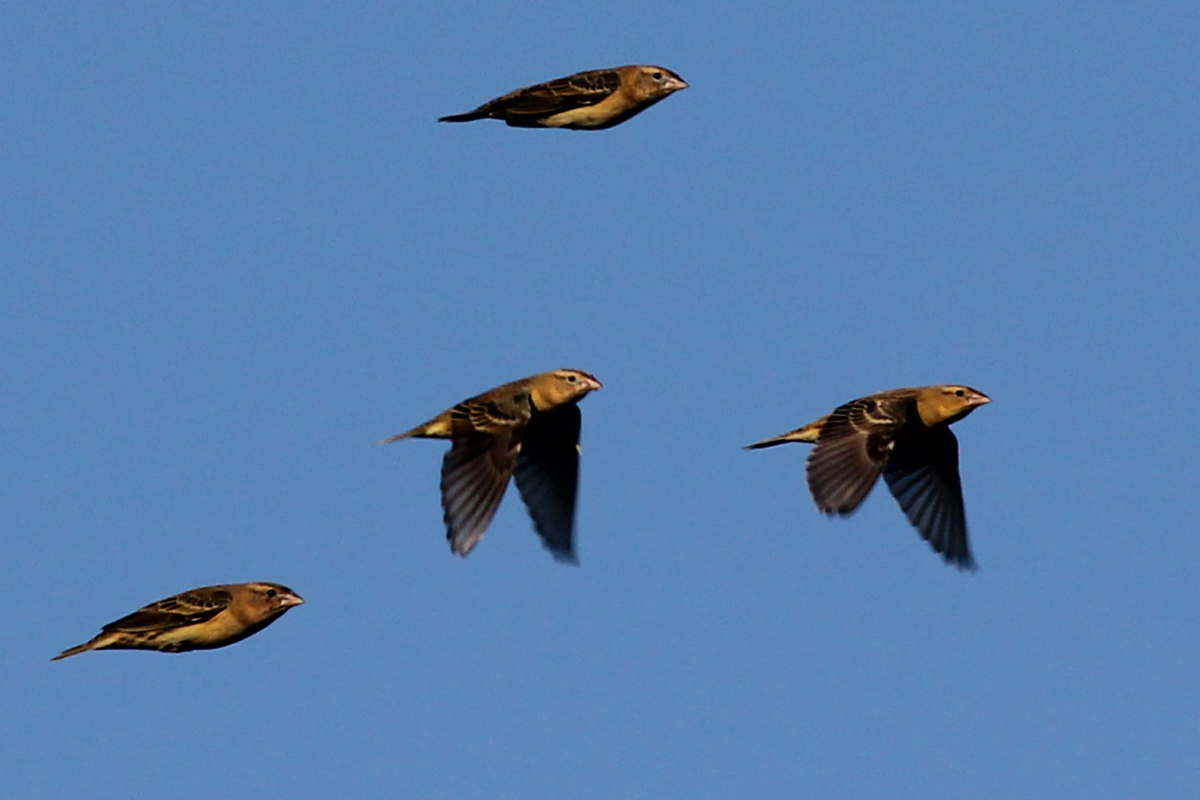


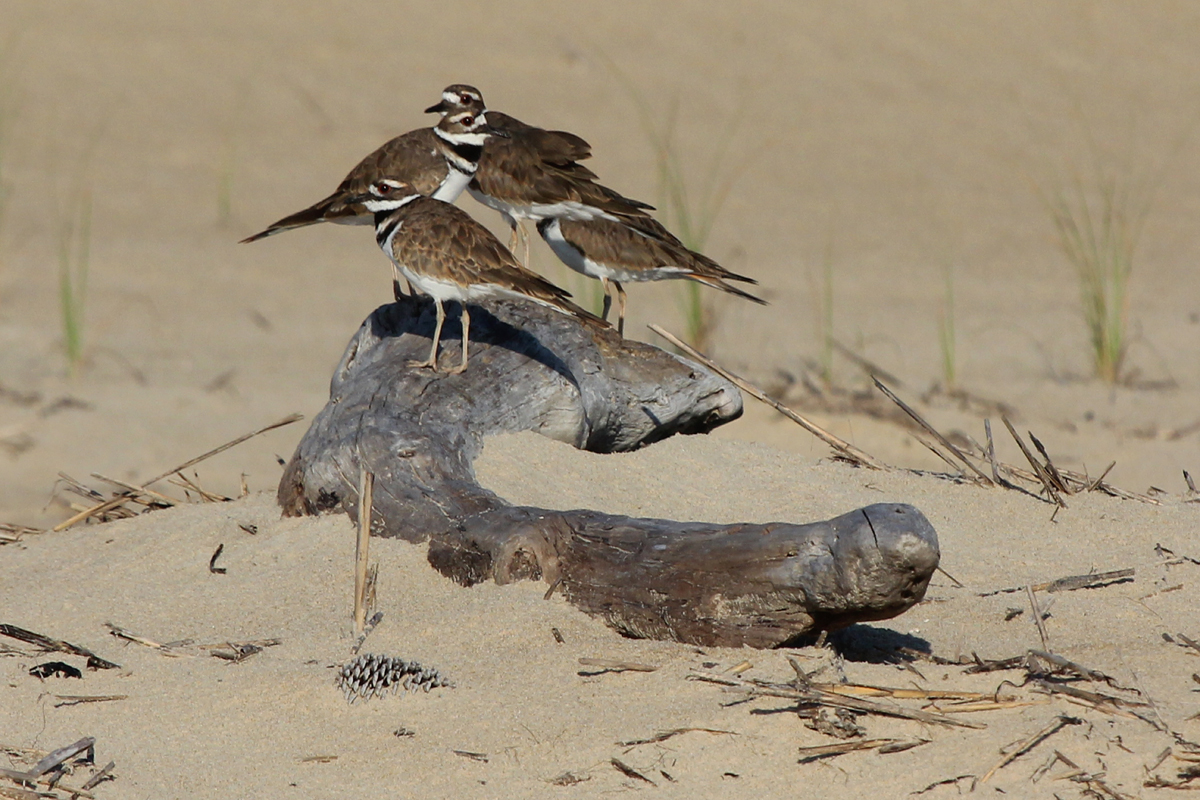
With a lack of arrivals to speak of, there were at least some other interesting reports that warrant mention in this journal. Aside from the Baird’s headline, early September’s sub-header would likely be the lack of passerine arrivals, and while we’ve had a first arrival for Northern Waterthrush and we’re seeing a few more reports of the typical early fall species like Yellow and Black-and-white Warblers, and American Redstarts, the only warbler report this period that stands out (outside of the first-of-season reports lists above) is our second HOODED WARBLER for the season, observed at a private residence in Hunt Club Forest on 1 Sep (vis. Karen & Tom Beatty). The only other Hooded Warbler found this fall thus far was way back on 8 Aug, so records for this species in the city are clearly hard to come by, even in migration. A YELLOW-BREASTED CHAT was reported at First Landing SP on 3 Sep (obs. Teresa Conlon & Jacob Flynn), making for a first record at the park this year. BALTIMORE ORIOLES have made a slight movement into the area, and while the first record expectedly occurred back in August, we had our first photographed record for the fall at Back Bay NWR on 3 Sep (ph. Rob Bielawski & Mike Collins). Large-scale flights of BOBOLINKS were recorded in the early morning hours of 2/3 Sep at Back Bay NWR, with a peak count of 1,733 northbound individuals (ph. Rob Bielawski). At this location, it is presumed the birds are traveling northbound to get around Back Bay to then head south along its interior shoreline, rather than being stuck out on the Outer Banks. While COMMON NIGHTHAWKS are an expected fall transient on the coast, only three were observed this period, with a pair over a private residence near Lake Smith on 8 Sep (vis. Tracy Tate), and a single over Hunt Club Forest on 10 Sep to close the period (vis. Karen & Tom Beatty). A second-of-season NORTHERN HARRIER was finally observed on 9 Sep over a field west of Muddy Creek Road (ph. Rob Bielawski); the first was found way back on 19 Aug. Lastly, a very high number of peeps were on the move along the coast on 9 Sep (vis. Andrew Baldelli) with 1,500 counted heading southbound. That date also saw a rise in the surf along the coast, with heavy wave action buffeting the beach at Back Bay NWR all the way to the dune line. Among the shorebirds seeking refuge at the high water line was a juvenile PIPING PLOVER (ph. Rob Bielawski), the first observed in the city in over a month, and representing the fourth latest fall record we currently have in eBird (latest since one was observed 16 Sep 2013 in fact).
For those hoping to view every photograph submitted for Virginia Beach during this period, please see the complete listing for the month of September located on eBird’s Media explorer by clicking here! Please remember, anyone with an eBird account also has the ability to rate these photographs (1-5 stars), and based on the average rating, this is how eBird populates anything media-driven on the website, particularly the Illustrated Checklists! So, if you're one of the many folks who enjoy looking at photographs of birds, take some time to click them all and rate them, it helps make eBird better and better each day!

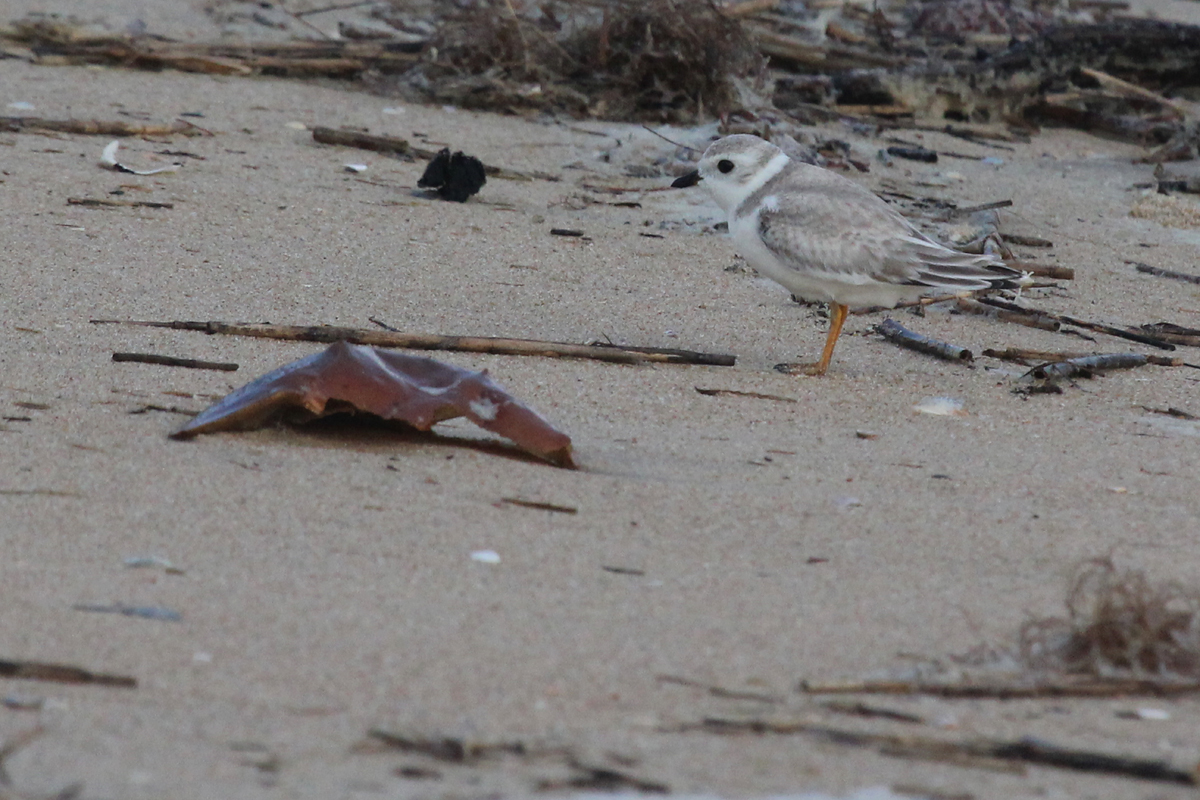

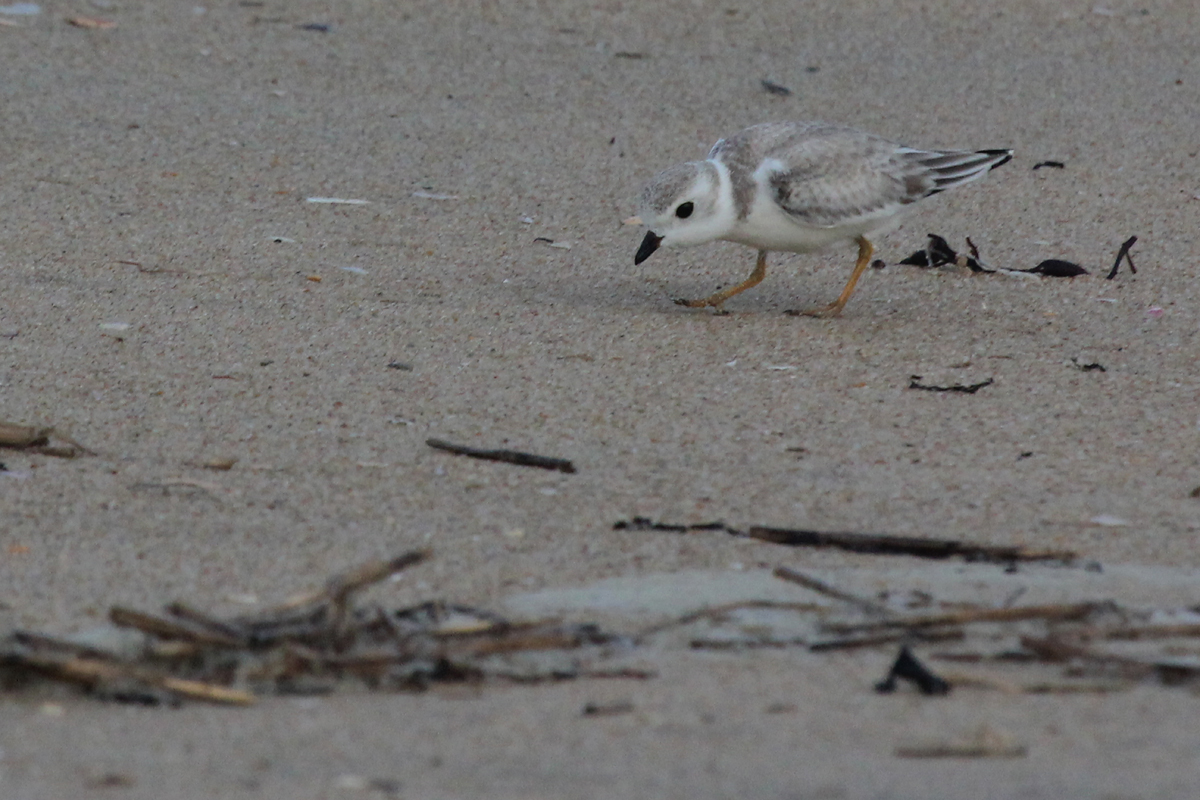
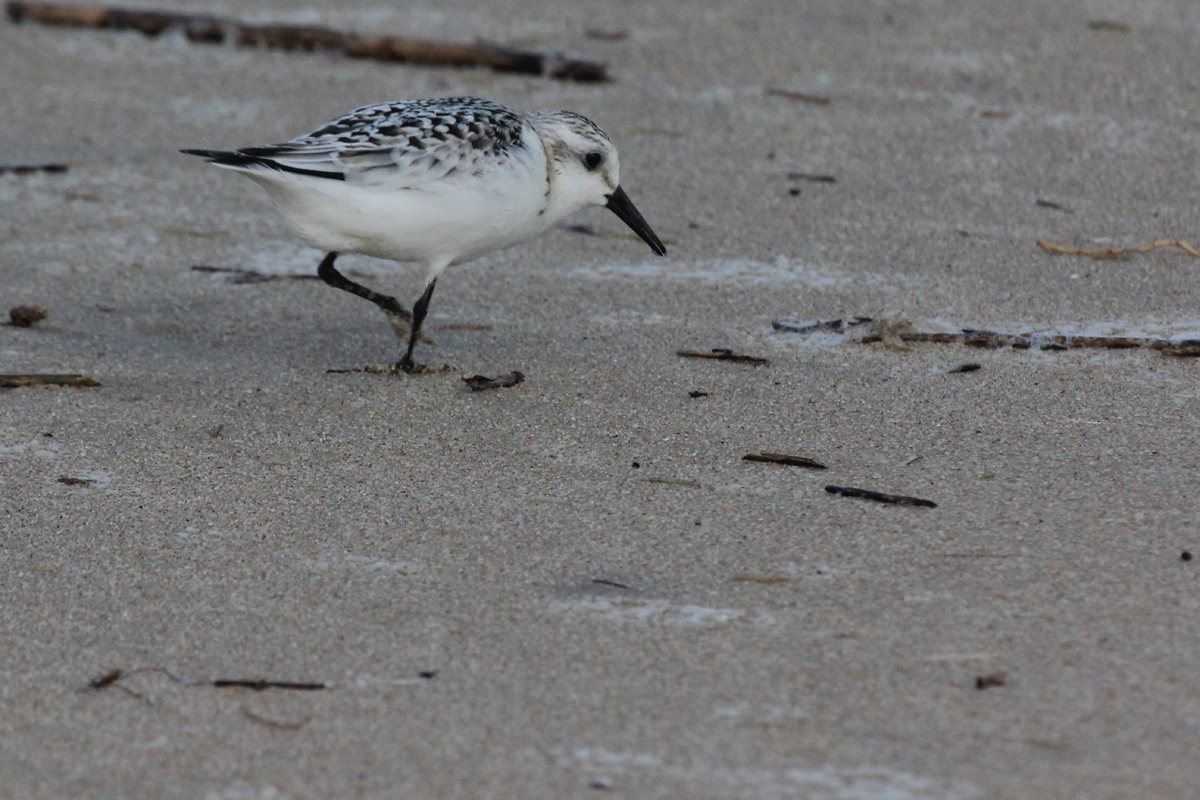
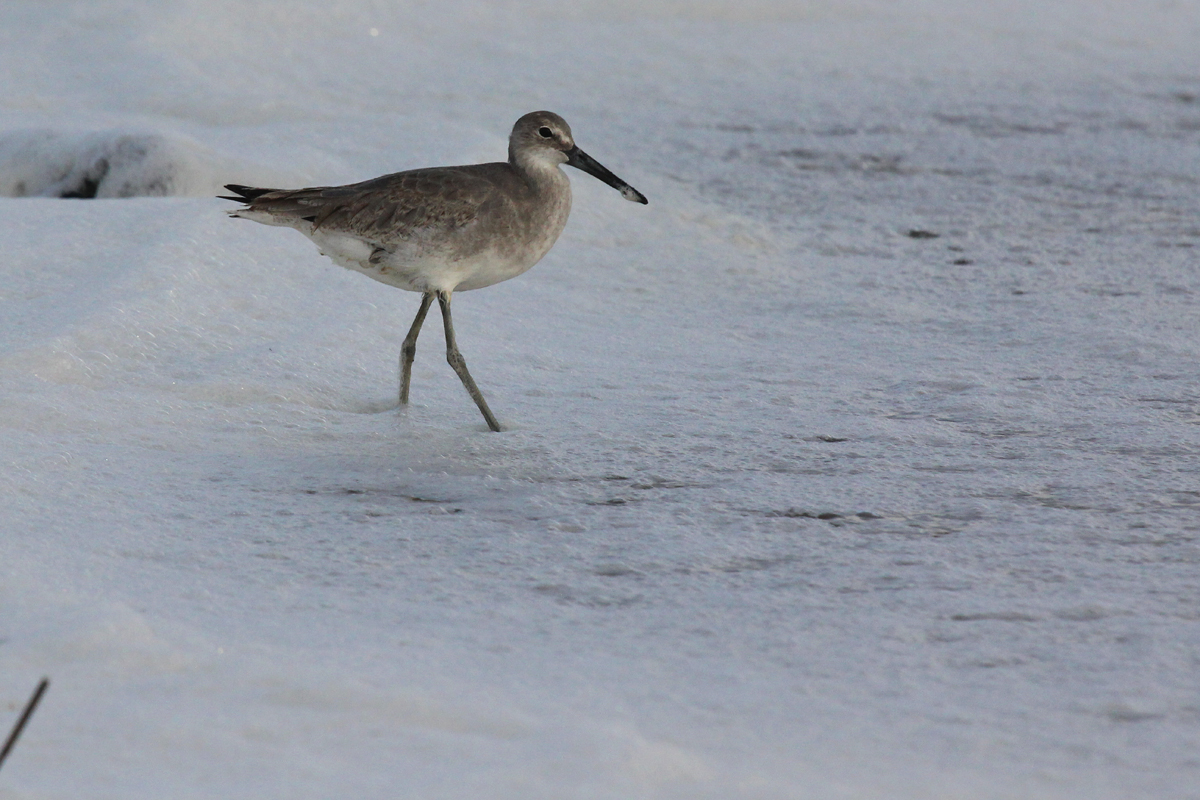
LOOKAHEAD: The weather for mid-September is likely to be dependent on how Hurricane Florence interacts with the East Coast. At present (10 Sep), most projections show Florence as a major hurricane (Category 4) as it landfalls somewhere between Myrtle Beach, SC and Wilmington, NC. However, that track is going to change/update every six hours with each official update from the National Hurricane Center. If the system decides to recurve out to sea, we’ll receive north winds throughout the period that may aid in southbound land bird migration. If it makes a direct landfall and atmospheric conditions and sheer momentum propel it inland, we could see strong southeast/east winds for a prolonged period of time and loads of rainfall as the storm’s forward progression slows. Paying close attention to this storm will be incredibly important over the next few days and while the thought of wind-blown tubenoses is on our minds, it is important to mention that a storm of this size could be devastating; stay in a safe place until the threat passes. Aside from the NHC website, Weather Underground, The Weather Channel, and Tropical Tidbits always provide current information regarding tropical cyclones (with the last one providing the most in-depth analysis).
Aside from the weather, it is worth mentioning that Princess Anne WMA’s Beasley & Whitehurst Tracts are now closed to birding Monday through Saturday; open only on Sundays again until May (happens every year). The West Dike at Back Bay NWR is closed; the East Dike is open but the water levels in H Pool can’t support shorebirds (the beach is the better alternative at this point). Passerines truly haven’t even begun showing up here yet, but as soon as we get a switch to northerly/northwesterly overnight winds, we’re likely to see large-scale movements into the area. These birds absolutely need to migrate south, so with each passing day, their movement becomes more and more likely; it’s just unfortunate that the weather up until now hasn’t been supportive and will thus constrict their fall migration window.
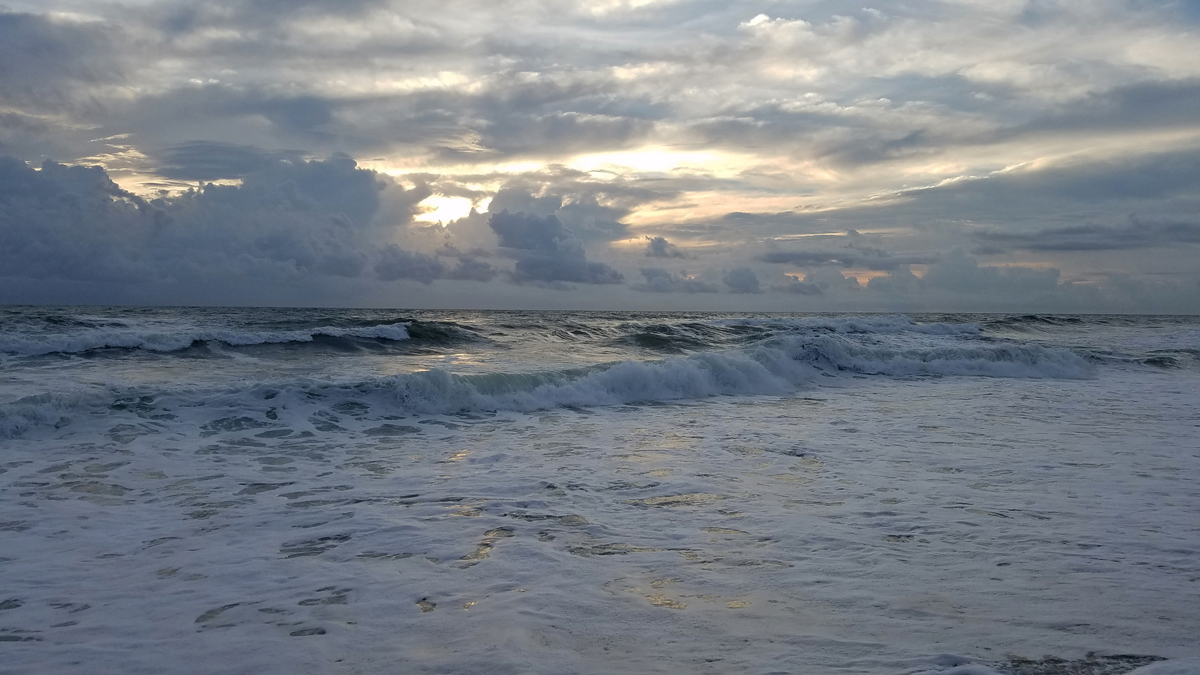
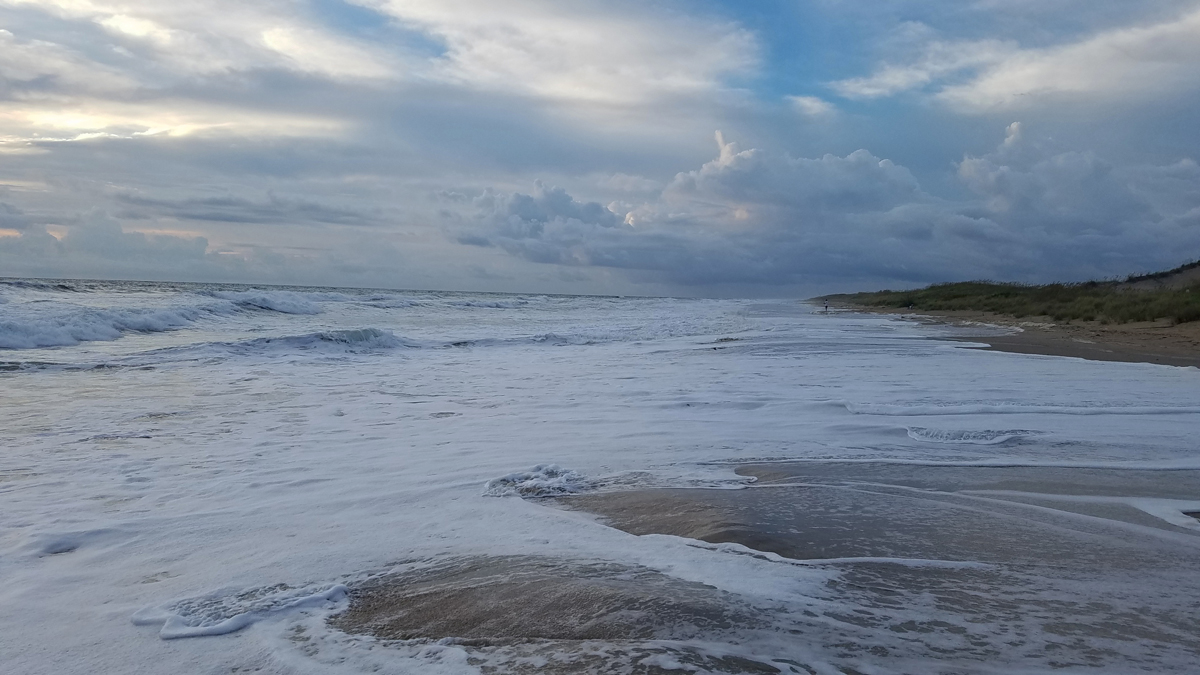

In terms of fall departures and arrivals: In early September, we said farewell to Yellow-throated Warbler (actually a 30 Aug expected departure) and Gull-billed Tern, Mississippi Kite, Chuck-will’s-widow & Orchard Oriole (10 Sep). Any records for these species moving forward will flag in eBird as ‘rare’, but really they are flagging for being found past their usual date of departure. In mid-September, we have expected departure dates for Hooded Warber, Blue-winged Warbler, Western Sandpiper, Acadian Flycatcher, Purple Martin & Prothonotary Warbler (15 Apr) as well as for Common Nighthawk, Whimbrel, Least Bittern, Least Tern & Summer Tanager (20 Apr), so make sure to try for your last sightings of the season on these species while you can! If you observe any of these species near or after those dates, please try to document their occurrence to the best of your ability; it helps make eBird data & filters more accurate! With regard to annually expected fall arrivals, as of the reporting period close date, we have not yet logged first-of-season arrivals for Yellow-throated Warbler & White-rumped Sandpiper (5 Aug average expected arrival), Peregrine Falcon (15 Aug), Blue-winged Warbler, Worm-eating Warbler, Chestnut-sided Warbler, Black-throated Blue Warbler & Sora (20 Aug), Veery, Magnolia Warlber, Blackburnian Warbler, Wilson’s Warbler & Wilson’s Snipe (25 Aug), Bay-breasted Warbler & Gadwall (30 Aug), Nashville Warbler & Merlin (5 Sep), Rose-breasted Grosbeak, Northern Shoveler, American Wigeon, Northern Pintail & Sharp-shinned Hawk (10 Sep) and Gray-cheeked Thrush, Swainson’s Thrush, Blackpoll Warbler, Palm Warbler & Savannah Sparrow (15 Sep).
Next Entry | Next Year | Entry Index | Previous Year | Previous Entry
For further information regarding this thrice-monthly, online publication, please visit the Journal Overview Page which provides an in-depth explanation of the format, layout and composition of the journal. As always, thank you for reading, and please leave me a comment below (you may use your Facebook, Gmail or other accounts to easily do so), or just click the Heart icon to the lower right of this post to let me know you stopped in!